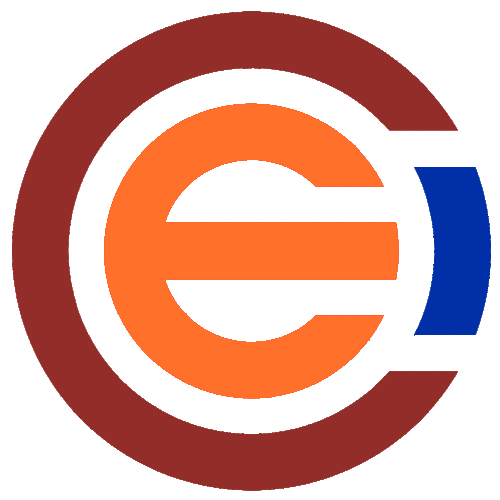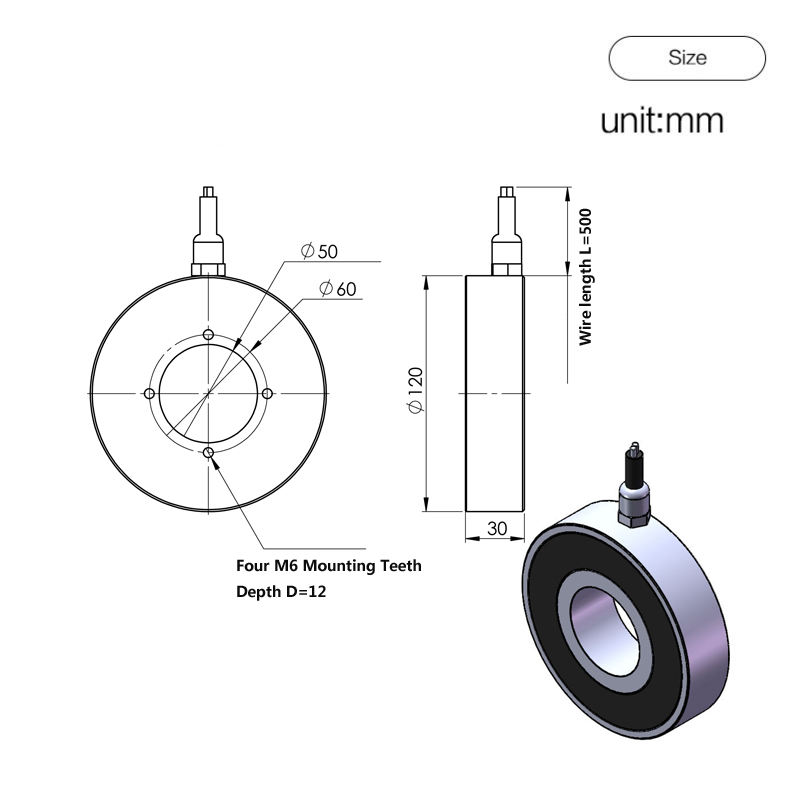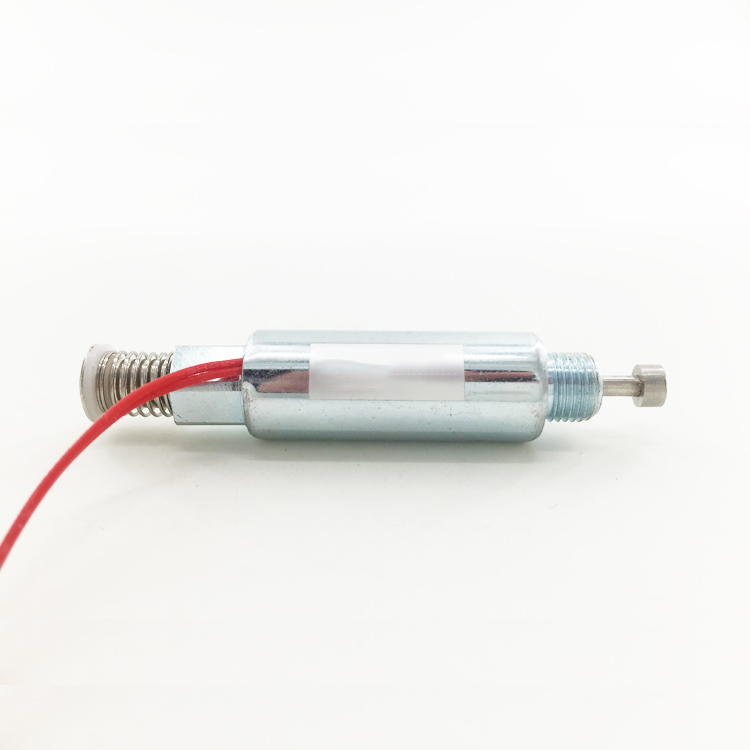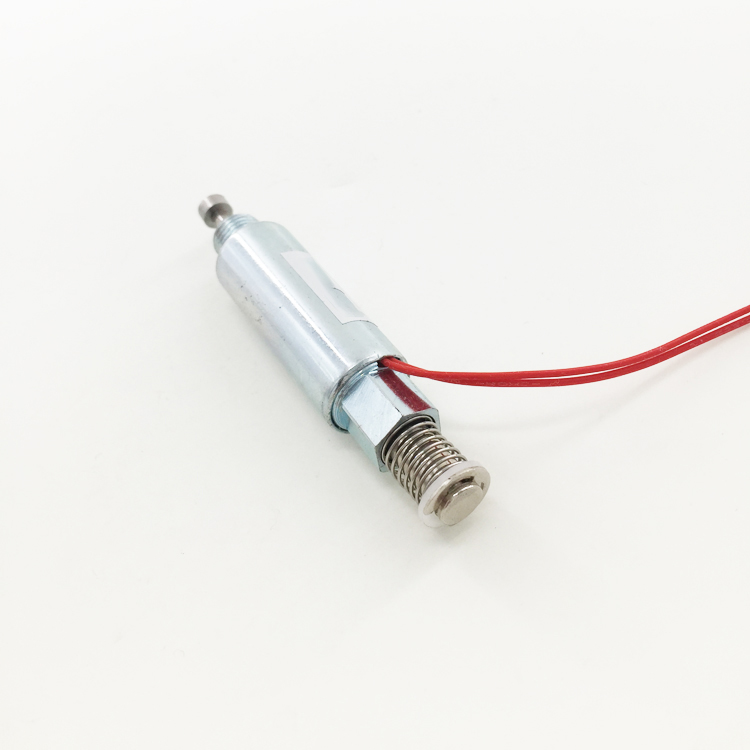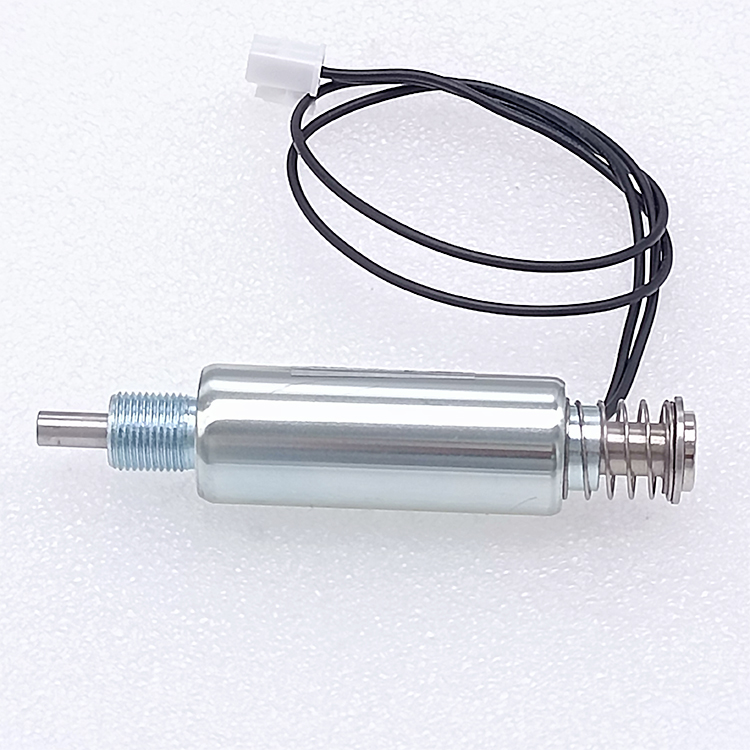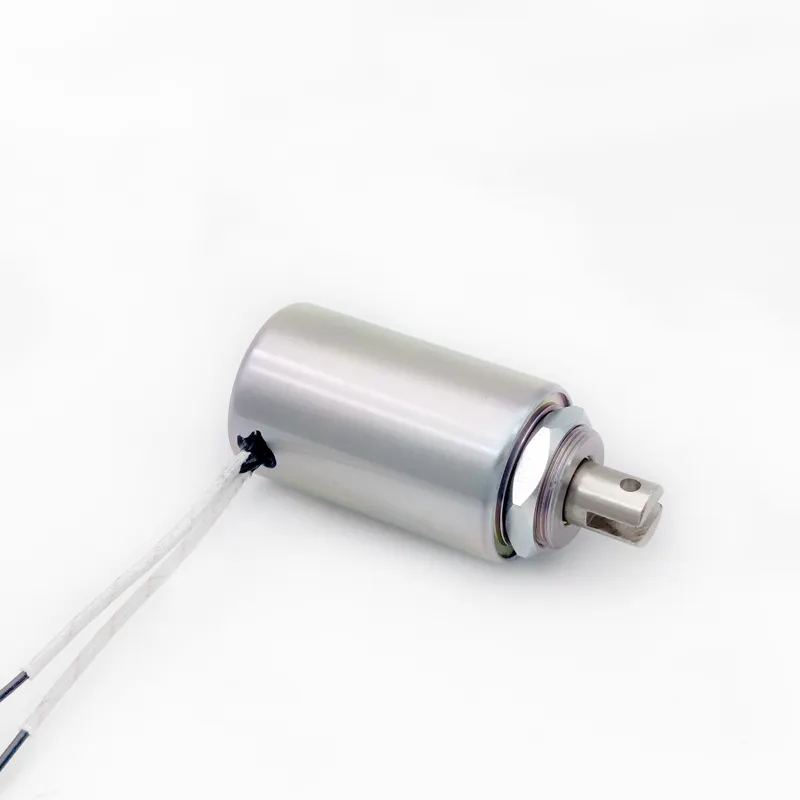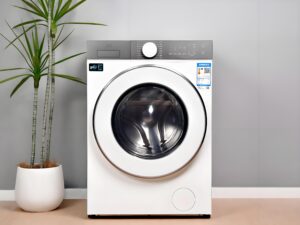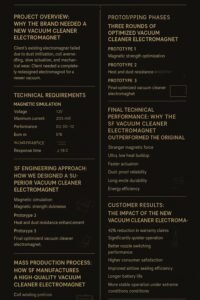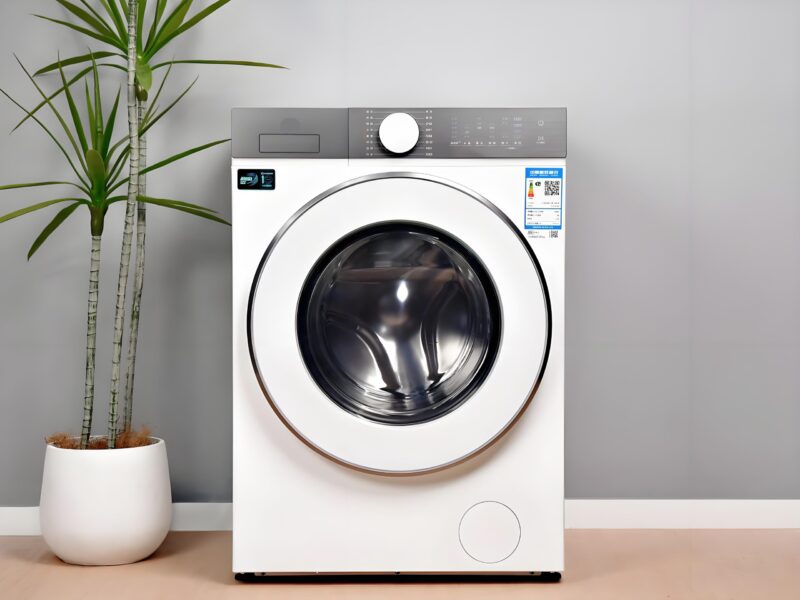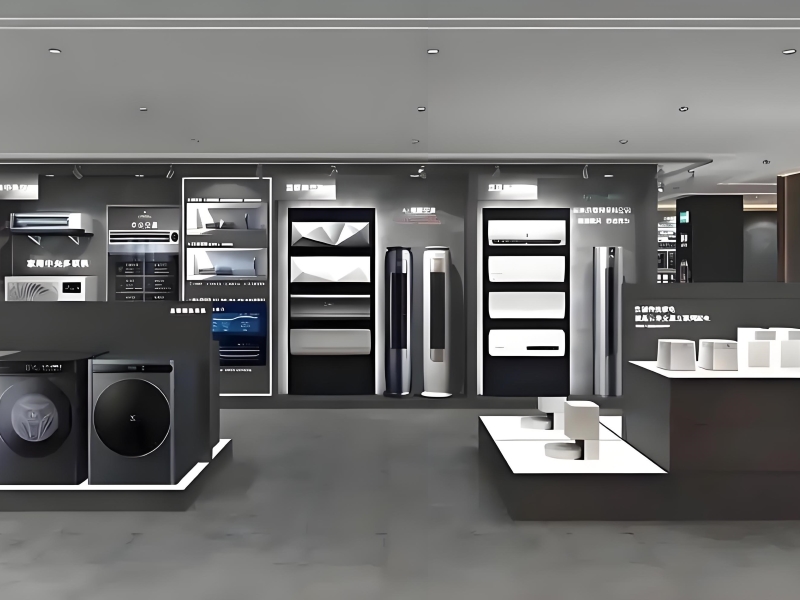Last Updated on 2025-09-03 by SolenoidFactory
In the realm of electromagnetics, the design of electromagnet heat dissipation systems and the conduction of life tests are pivotal aspects that significantly influence the reliability and longevity of electromagnets. From intricate cooling mechanisms to rigorous testing protocols, these processes ensure that electromagnets operate within safe temperature ranges, maintain optimal performance, and withstand the rigors of time. This blog delves into the intricacies of electromagnet heat dissipation design and life test, providing a comprehensive guide on how to approach these critical tasks. By understanding the principles behind heat dissipation, the various design strategies, and the importance of life testing, engineers and manufacturers can ensure that their electromagnets deliver consistent, reliable performance over their entire lifespan.
What is Electromagnet Heat Dissipation Design?
Electromagnets generate heat during operation due to the resistance in the coil windings and the magnetic losses within the core material. This heat must be effectively dissipated to prevent overheating, which can lead to performance degradation, premature failure, and even safety hazards. Electromagnet heat dissipation design involves developing strategies to manage and remove this heat, ensuring that the electromagnet operates within its safe operating temperature range.
Thermal Management Principles:
- Conduction: Heat transfer through solid materials by molecular vibration. In electromagnets, this involves designing components with high thermal conductivity to ensure efficient heat transfer.
- Convection: Heat transfer by fluid motion, either natural or forced. This can be achieved through the use of fans, heat sinks, or liquid cooling systems.
- Radiation: Heat transfer by electromagnetic waves. While radiation is less significant in electromagnets compared to conduction and convection, it can play a role in high-temperature environments or in components exposed to space.
Design Strategies:
- Material Selection: Choosing materials with high thermal conductivity for coil windings and core components can improve electromagnet heat dissipation. For instance, copper windings offer better thermal performance than aluminum.
- Heat Sink Design: Incorporating heat sinks can significantly increase the surface area available for heat transfer, enhancing cooling efficiency. Heat sinks can be made from materials like aluminum or copper and can be designed with fins or other structures to maximize surface area.
- Forced Convection: Using fans or blowers to create airflow over the electromagnet can increase the rate of heat transfer by convection. This is particularly effective in high-power applications where natural convection may not be sufficient.
- Liquid Cooling: For extremely high-power or compact electromagnets, liquid cooling systems can be used. These systems circulate a coolant through channels within the electromagnet, absorbing heat and transferring it to a remote radiator or heat exchanger.
Thermal Management in Practice:
- Thermal Modeling and Simulation: Before building a prototype, engineers can use thermal modeling and simulation software to predict the electromagnet’s temperature distribution and identify potential hot spots. This information can be used to refine the design and improve heat dissipation.
- Temperature Monitoring: During operation, temperature sensors can be used to monitor the electromagnet’s temperature and trigger cooling systems or alarms if temperatures exceed safe limits.
- Environmental Considerations: The electromagnet’s operating environment can significantly impact heat dissipation. Factors such as ambient temperature, airflow, and dust accumulation must be considered in the design process.
Why conduct life test for electromagnets?
Life testing is a critical process for validating the durability and reliability of electromagnets. By exposing electromagnets to simulated operating conditions over extended periods, engineers can assess their performance, identify potential failure modes, and estimate their lifespan.
Test Objectives:
- Reliability Assessment: Determine the electromagnet’s ability to operate reliably over its intended lifespan.
- Failure Mode Identification: Identify and understand the causes of failure, enabling design improvements.
- Lifespan Estimation: Estimate the electromagnet’s expected lifespan based on test data.
Test Protocols:
- Accelerated Life Testing (ALT): ALT involves exposing the electromagnet to conditions that accelerate aging processes, such as increased temperature, voltage, or mechanical stress. This allows for shorter test durations while still providing valuable insights into long-term performance.
- Constant Stress Testing: In this type of testing, the electromagnet is subjected to constant operating conditions over an extended period. This provides a direct measure of performance and reliability under typical use cases.
- Cyclic Stress Testing: Cyclic stress testing involves exposing the electromagnet to repeated cycles of stress, such as turning on and off, or varying loads. This can help identify fatigue-related failures.
Test Parameters:
- Operating Conditions: The test should simulate the electromagnet’s typical operating conditions, including voltage, current, duty cycle, and environmental factors.
- Test Duration: The test duration should be sufficient to provide meaningful data on long-term performance and reliability. This may range from several hundred hours to thousands of hours, depending on the application and the electromagnet’s expected lifespan.
- Monitoring and Data Collection: During the test, various parameters such as temperature, current, voltage, and mechanical stress should be monitored and recorded. This data can be used to analyze performance trends and identify potential issues.
Test Results Analysis:
- Failure Analysis: Any failures observed during the test should be analyzed to determine the root cause. This may involve visual inspection, electrical testing, or more advanced analytical techniques such as X-ray inspection or materials analysis.
- Performance Trends: Analyzing performance trends over time can provide insights into the electromagnet’s aging process and identify areas for improvement.
- Lifespan Estimation: Based on the test data, engineers can estimate the electromagnet’s expected lifespan and develop maintenance schedules or replacement strategies.
-
Rated 0 out of 5
-
Rated 0 out of 5
-
Rated 0 out of 5
-
Rated 0 out of 5
the design of heat dissipation systems and the conduction of life tests are essential aspects
the design of electromagnet heat dissipation systems and the conduction of life tests are essential aspects of electromagnet reliability and longevity. By understanding the principles of thermal management and applying effective design strategies, engineers can ensure that electromagnets operate within safe temperature ranges and maintain optimal performance. Additionally, rigorous life testing protocols provide valuable insights into an electromagnet’s durability and reliability, enabling engineers to estimate lifespan, identify failure modes, and make informed design improvements. By combining these approaches, engineers and manufacturers can deliver electromagnets that meet the most demanding specifications, deliver consistent performance, and withstand the rigors of time, contributing to safer, more reliable, and efficient systems across diverse industries. As technology continues to evolve, these principles will remain critical in driving innovation and advancements in electromagnet design and manufacture.
About SF electromagnets factory
Shengfeng Electromagnet Co., Ltd. was established in 2015 and is located in the Xiansha Industrial Park with beautiful scenery and convenient transportation. The company covers an area of 16000 square meters and has modern production plants, advanced production equipment and a high-quality technical team. Since its establishment, we have always adhered to the corporate philosophy of “innovation, quality, and service”, focusing on the research and development and production of electromagnets, constantly promoting product upgrades and technological progress, and providing customers with the best quality products and services.
Why choose SF electromagnet
HIGH END QUALITY:As the best solenoid electromagnet manufacturer in china, our QC team will ensure every single product you receive are best quality. We have professional quality testing machine.
PRODUCT DESIGN:Our sampling department has complete process of making drawings into reality. We also improve your product design based on our years of working experience.Tell us what you think.
STABLE DELIVERY TIME:As the best electromagnet manufacturer & supplier,we have sufficient manufacturing capacity, big orders won’t beat us, we can still deliver the order for you in time.
BEST PRICE:We are source factory of electromagnet and the best solenoid manufacturer in China, that’s why we can provide high quality bags with best price.
PRECISE MANAGEMENT:Nothing can be achieved if we don’t implement precise management. We are a company with complete management system.
7-24 SERVICE:As the best solenoid manufacturer, 24-7 immediate response: We’ll receive your feedback to make us a better supplier.
FAQs of electromagnet
We are a Chinese top electromagnet manufacturer and our factory is located in Dongguan. Welcome to visit our factory!
We pecialize in the design and production of high quality electromagnet,solenoid valve,such as rotary solenoid, bistable solenoids, latching solenoids, open frame solenoids, tubular solenoids, self-holding solenoid
•Of course, usually we will provide free samples, and you only need to cover the freight. For custom electromagnet samples, pls send your requirements to us for checking the sample cost.
• It takes about 7 days for sample production.
Yes, we provide free design services, structural design and simple graphic design.
Sure. We can do any electromagnet with your design. Now we open a ODM solenoid which is for small quantity from 100pc to 500pc,but you can still have your own logo.
Depending on the order quantity and production details, it will take about 15 to 20 days.
Always a pre-production sample before mass production; Always final Inspection before shipment
• Power,usage,size, material, quantity, shipping destination, etc.
• You can also just tell us your requirements and we will recommend products to you.
• By sea, by air or by express.
• If you have your own freight forwarder in China, it is the ex-factory or FOB price.
•CFR or CIF, etc., if you need us to ship on your behalf.
• DDP and DDU can also be used.
• More choices, we will consider your choices.
• The price is determined by the quantity, material, processing method, size and other factors. In addition, due to our continuous
technological innovation, the prices of some of our products are extremely competitive, please contact us to quote.
